
Maori Tattoos Bedeutung der Tribalsmotive und polynesische Symbole
The ink used for Maori tattoos is made from natural ingredients such as burnt wood, charcoal, and plant extracts. The Significance of Maori Tattoos. Maori tattoos are not just a form of body art but are also a representation of the wearer's identity, status, and heritage. Each design has a specific meaning and tells a story about the wearer's life.
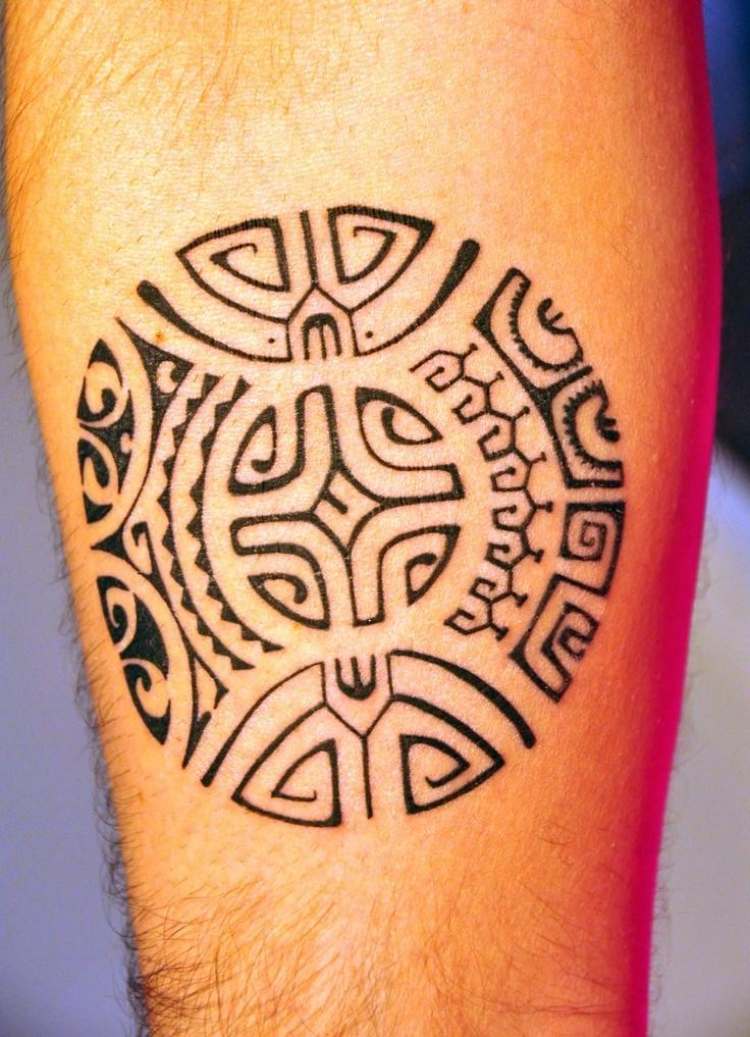
Maori Tattoo Bedeutung Symbole / 49 Maori Tattoo Ideen die wichtigsten Symbole und ihre
Tā moko for men and women. Te Puia, Rotorua. By Matt Crawford. Traditionally, men received Mataora on their face - as a symbol of nobility. As māori believe the head is the most sacred part of the body, facial tattoos have special significance. Moko kauae - are received by women on their lips and chin. A moko kauae represents a woman's.
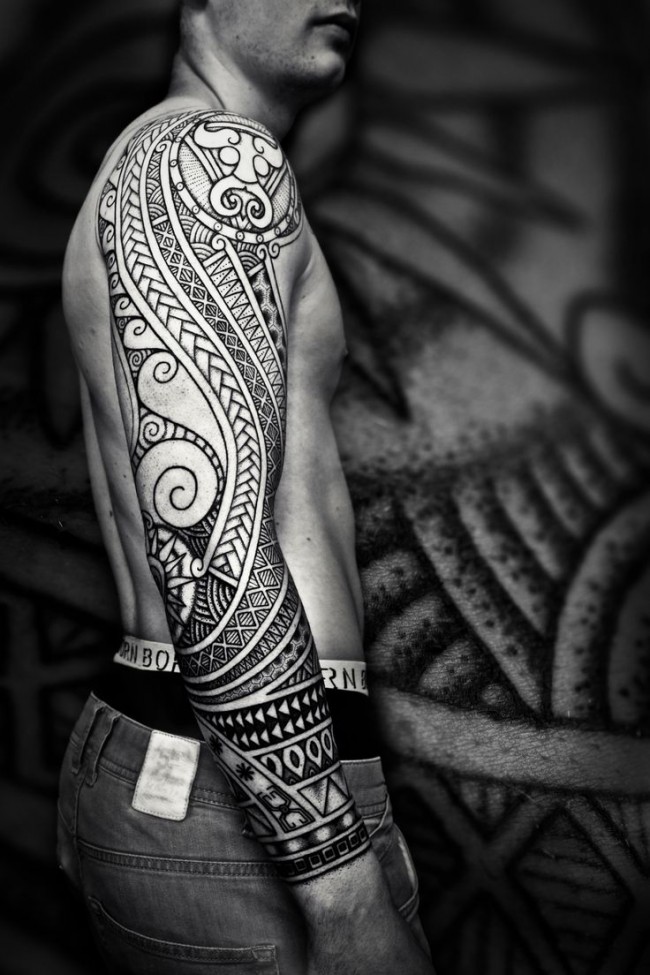
55+ Best Maori Tattoo Designs & Meanings Strong Tribal Pattern (2018)
Maori-Tattoos können die Bedeutung von Leben, Neubeginn, Unendlichkeit, Schutz, spiritueller Führung, Schöpfung, Fruchtbarkeit, Schönheit, Vielfalt, Reichtum und Fülle betonen. Letztendlich hängt die Bedeutung eines Maori-Tattoos von den persönlichen Erfahrungen und Überzeugungen des Trägers ab.

Maori Vol.2 Bedeutungen Buch versandkostenfrei bei Weltbild.de
Maori-Tattoo: Typische Motive und ihre Bedeutung Nun zu den Maori-Designs. Traditionell sind polynesische Muster eher abstrakt, doch die meisten Formen sind von kulturellen oder natürlichen.

Meaning Maori Symbols … Maori symbols, Maori tattoo, Maori patterns
Ta moko is the Maori customary form of a tattooing tradition that extends back thousands of years, and it is still an extremely visible component of contemporary New Zealand culture. Ta moko is related to the tatu of Eastern Polynesia and the tatau of Samoa (settled around 200 CE). Both words mean "to mark ".
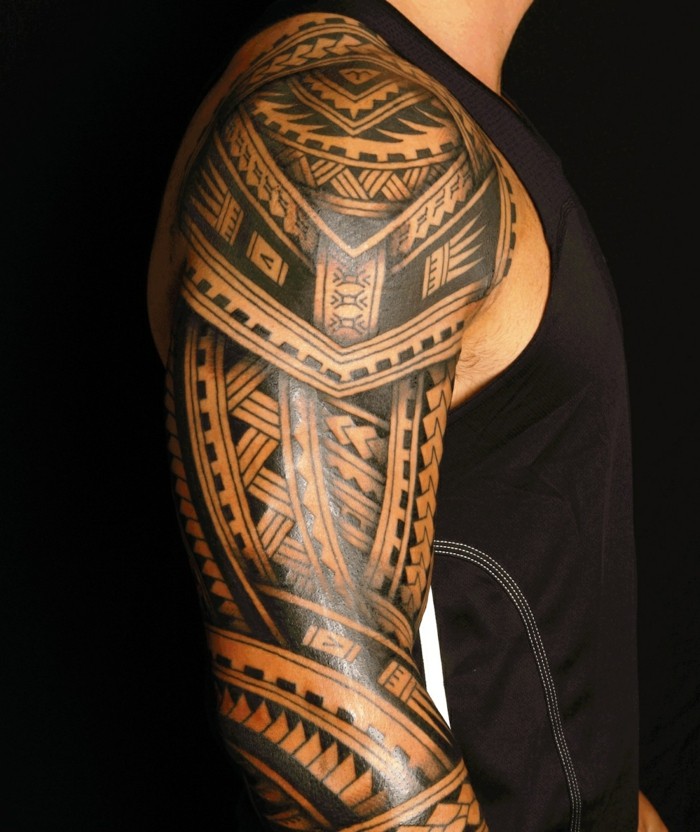
Maorie Tattoo Oberarm dReferenz Blog
Maori-Tattoos sind mehr als nur bloßer Körperschmuck. Obwohl die an Tribals erinnernden schwarzen Ornamente für Europäer oft nur wie kunstvolle Linien wirken, steckt eine viel tiefer gehende Bedeutung dahinter. Wir erklären dir, was Maori-Tattoos so besonders macht und verraten, was hinter den häufigsten Symbolen steckt.

Pin auf tattooideen
The placement of the tattoos around the body holds a variety of meanings for the wearer. Perhaps the face tattoo is the best-known example of Ta moko, and it is one of the most important tattoos in Maori culture. The head is one of the most sacred parts of the body, and so the face tattoo often represents tribal standing and importance for the.

maorie tattoo bedeutung ein junger mann mit einem schwarzen großen maori tattoo mit einem wesen
Polynesische Maori Tattoos und deren Bedeutung - Muscheln und Schildkröten. In der polynesischen Tattoo-Designs sind Muscheln sehr häufig und in vielen Varianten dargestellt. Sie haben oft viele Variationen und Stilisierungen. Sie stehen für Schutz und Intimität. Muschelschalen symbolisieren Paare und Ehe.
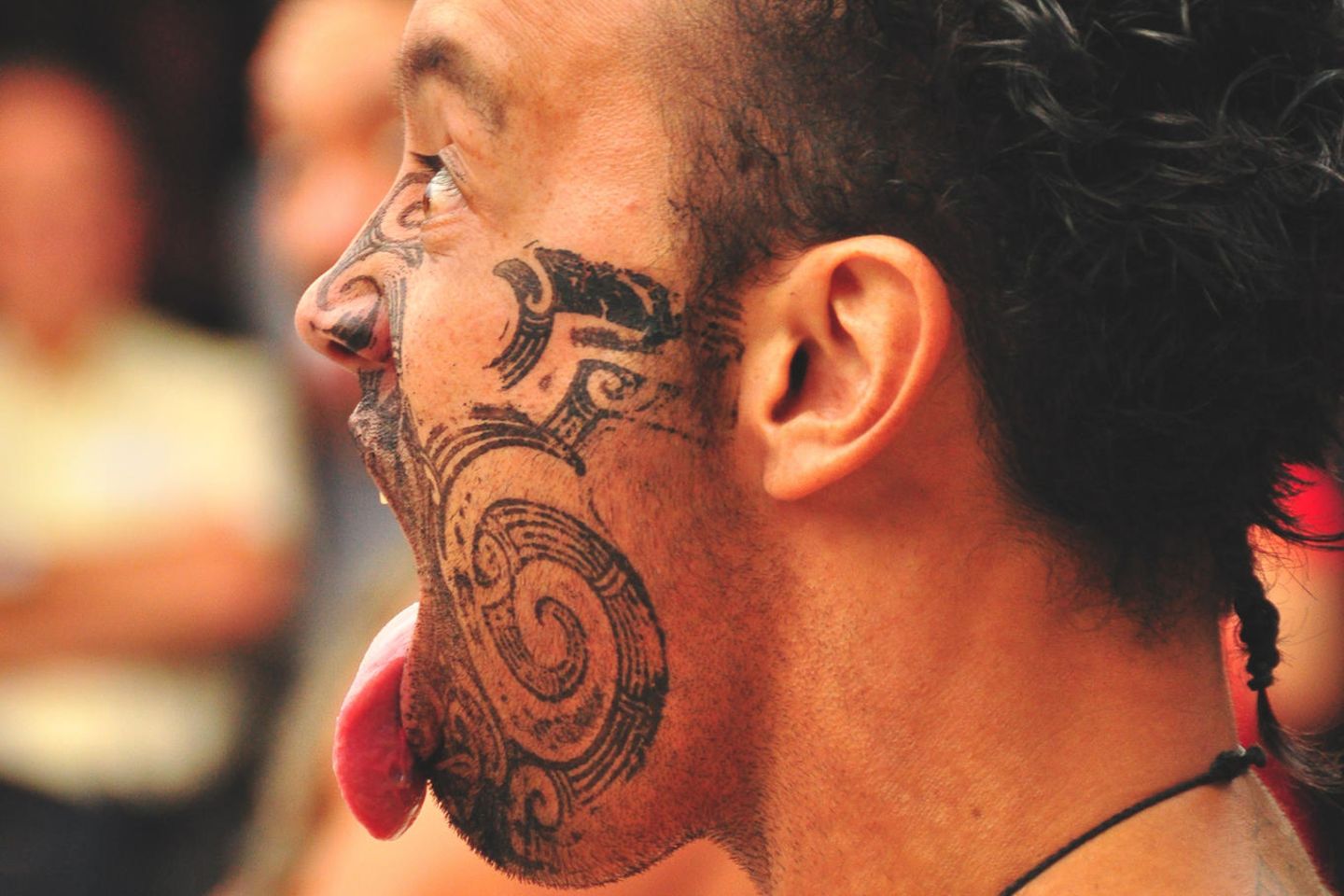
Herz Transformator Harter Ring tattoo 2 ringe bedeutung Höhepunkt Paradox Golf
Während für uns ein Tattoo oft eine reine ästhetische Bedeutung hat, symbolisieren die Tattoos für die Maori wichtige Lebensaspekte. Zusammengehörigkeit, Kultur, die Herkunft oder Spiritualität werden alle auf den Körpern des neuseeländischen Volkes abgebildet. Oft spigeln die Tattoos auch die Erfolgsgeschichte der Person wider.

Pin auf Quick Saves
Tattooing is an integral part of the Maori culture. The process of a person receiving a tattoo involved a series of rituals - particularly prior to the arrival and interference of Europeans. The traditional Maori tattoo practice is known as ta moko. Since the head is believed to be the most sacred part of the body by the Maori, ta moko was.
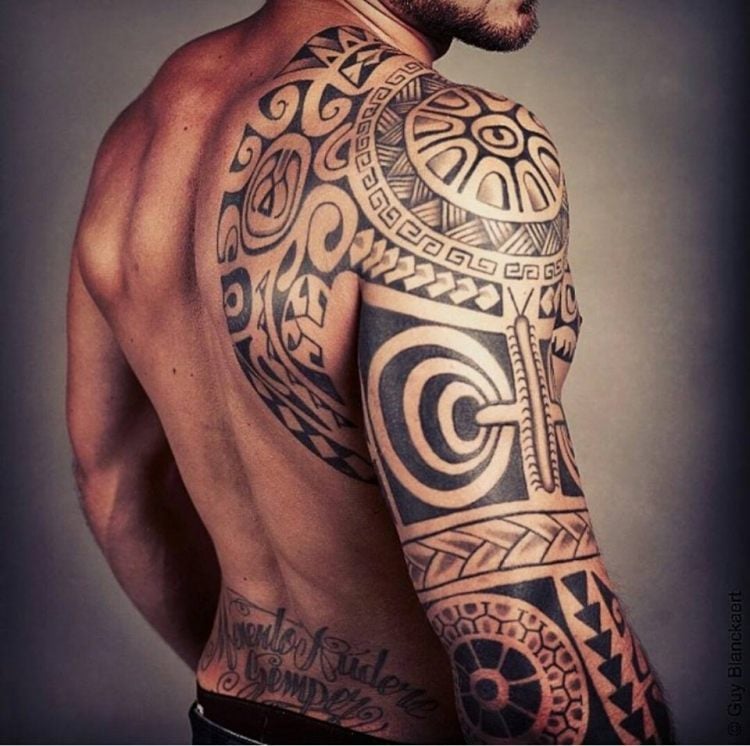
Polynesische Maori Tattoos Bedeutung der Tribalsmotive
Verschiedene Maori Tattoos und ihre Bedeutung. Maori Tattoos, Tā Moko genannt, sind seit jeher stark symbolisch aufgeladen und dienten vor allem rituellen Zwecken. Dabei war ihre Bedeutung streng hierarchisch geregelt: Bestimmte Tätowierungen waren zum Beispiel nur den Nachkommen von Göttern, Priestern oder Häuptlingen.

Drawings image by Heriberto Tribal arm tattoos, Tribal tattoos, Maori tattoo
Tā Moko für Männer und Frauen. Te Puia, Rotorua, Rotorua. Von Matt Crawford. Traditionell bekamen Männer Mataora als Symbol des Adels auf ihr Gesicht. Da Māori glauben, dass der Kopf das spirituelle Zentrum des Körpers ist, haben Gesichtstätowierungen eine besondere Bedeutung. Moko Kauae - werden von Frauen auf den Lippen und am Kinn.

kleines polynesisches Maori Tattoo am Unterarm Marquesas Kreuz Maori Tattoos, Ta Moko Tattoo
In conclusion, Moko is a traditional Maori tattoo that has a significant cultural significance. It is a symbol of identity, culture, and tradition, and is deeply rooted in the Polynesian culture. The designs and patterns of Moko are unique to each individual and reflect their genealogy and family history. The practice of Moko is an important.

49 Maori Tattoo Ideen die wichtigsten Symbole und ihre Bedeutung Maoritattoo, Maori
A tattoo placed under the one is a signature type of tattoo. If a tattoo is placed in the cheek area, it symbolizes work. A tattoo placed on the chin symbolizes Mana (status, influence, spiritual power, prestige, authority, control, and power). And, a tattoo placed on the jaw symbolizes one's birth status.
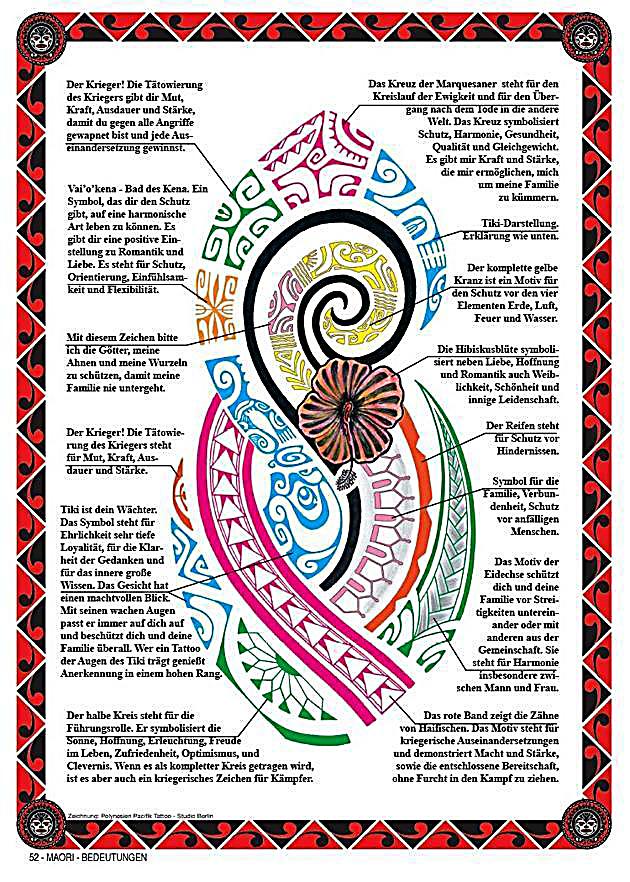
Maori Tattoo Bedeutung Symbole / Maori Tattoos für Frauen Bedeutung der Symbole und coole
Uhi Tā Moko (tattooing instruments), 1800-1900, New Zealand. Te Papa (WE000300) This process was followed by the application of small, toothed uhi combs that applied the pigment. This method of tāmoko applied to the face is a form of scarification, which in practice is very similar to wood carving, and is characterised by deep grooved furrows.

Maori Tattoos Bedeutung der Tribalsmotive und polynesische Symbole
The tiki tattoo is a significant cultural symbol in Maori mythology that represents the creation of humankind. According to legend, the first man in Maori mythology was created by the gods using red clay from the earth. The gods breathed life into the figure and named him Tiki, which means "first man" in Maori.